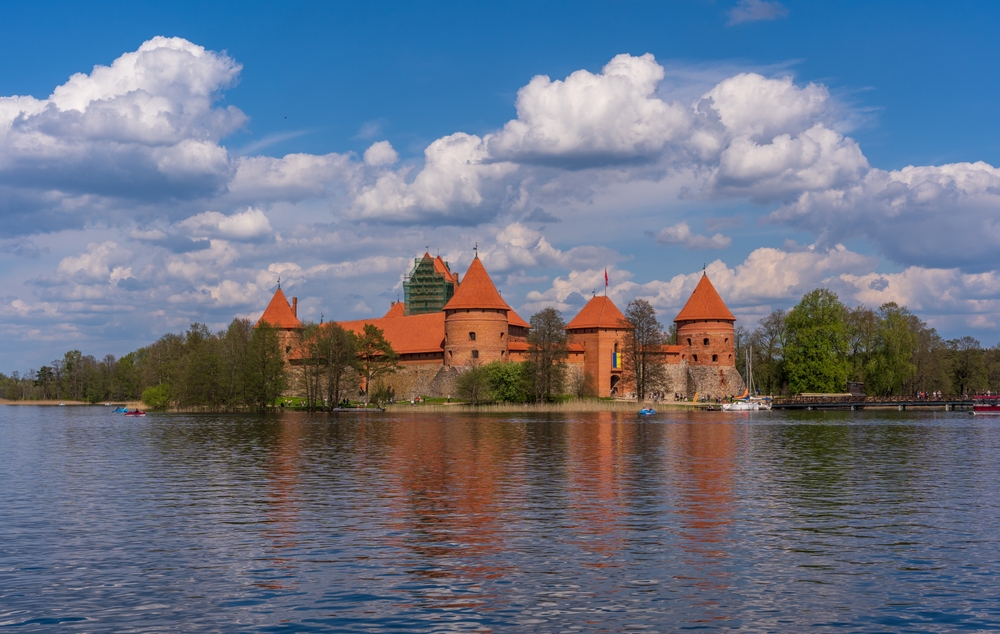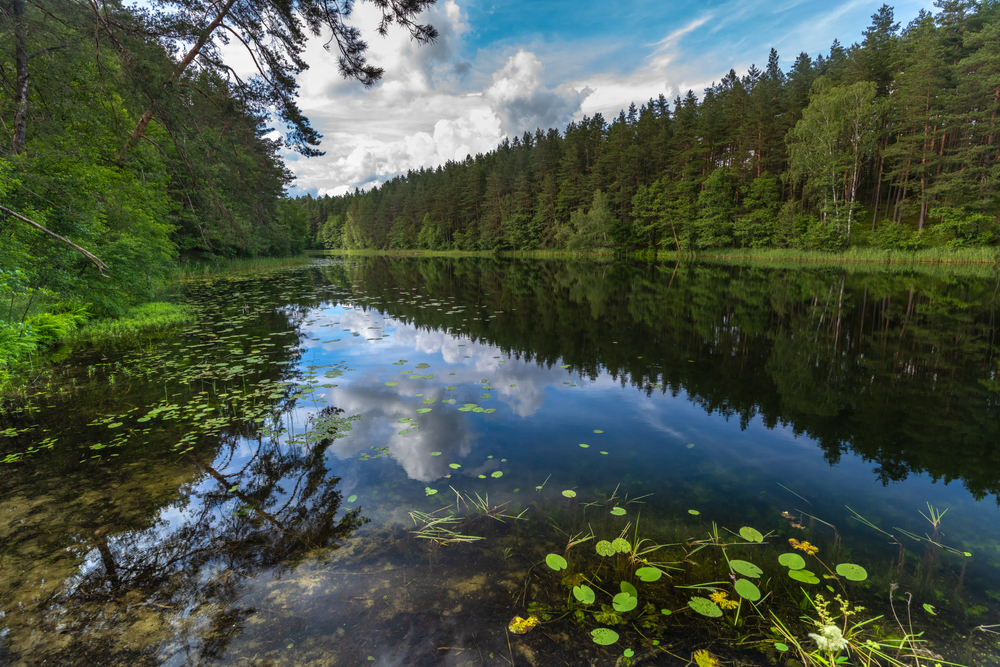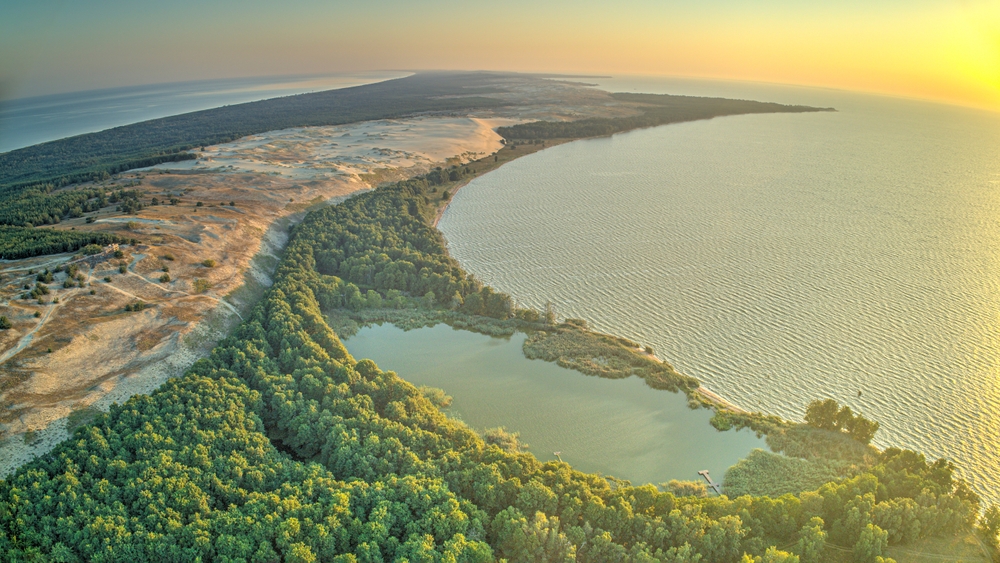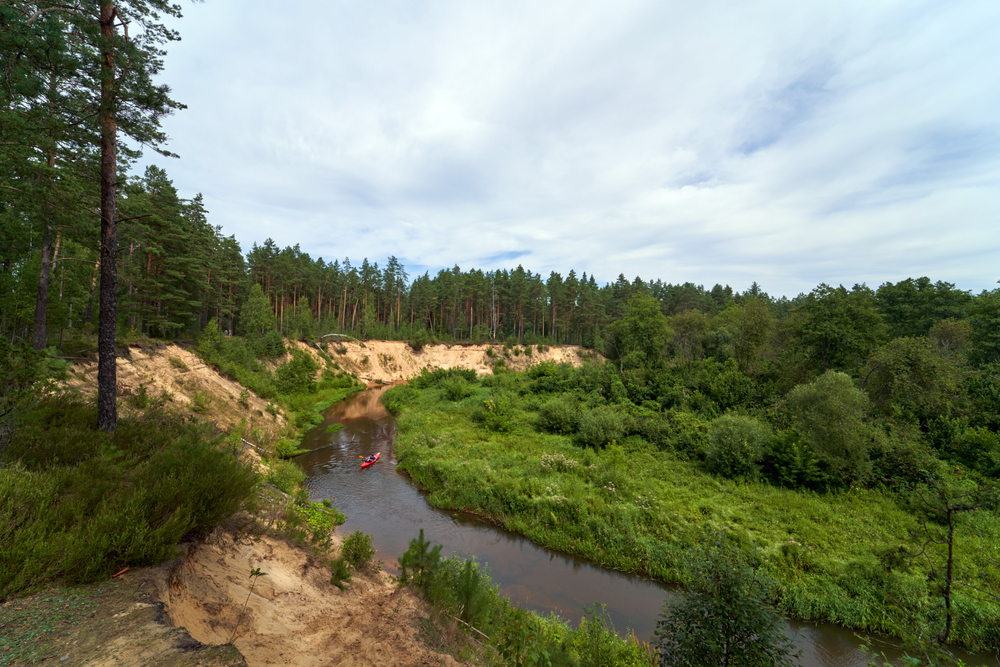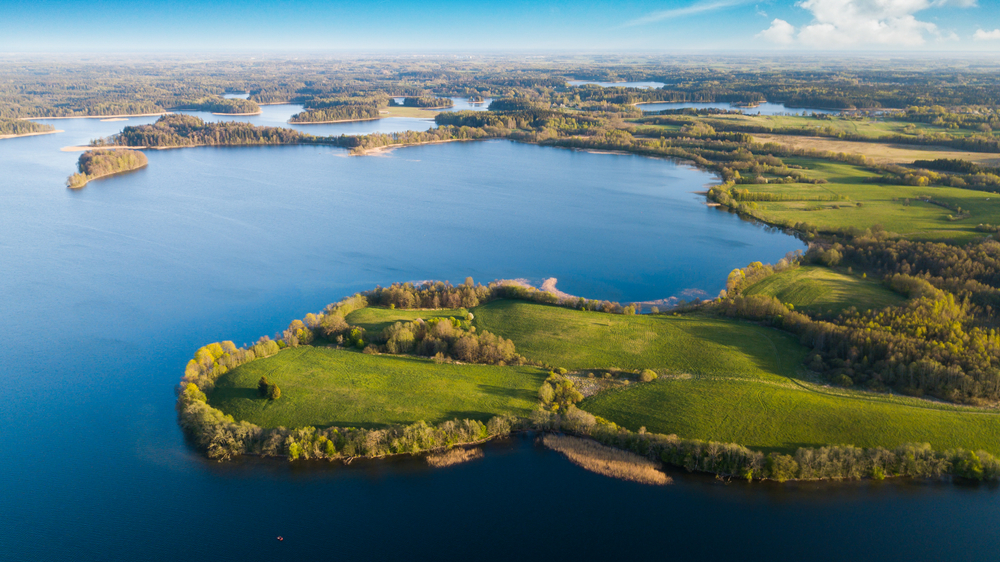Trakai Overview
Trakai National Park, known locally as Trakų Nacionalinis Parkas, is a picturesque and historically rich natural reserve in Lithuania. Established in 1991, it is the smallest national park in Lithuania, encompassing an area of 31.2 square miles (80.15 square kilometers).
Located in southeastern Lithuania, about 17 miles (28 kilometers) west of Vilnius, the park is centered around the historic town of Trakai, which was once a medieval capital of the Grand Duchy of Lithuania. The park’s unique combination of natural and cultural heritage makes it one of the most captivating destinations in the Baltic region.
The landscape of Trakai National Park is characterized by its rolling hills, lush forests, and numerous pristine lakes, including the iconic Lake Galvė. This lake, dotted with 21 islands, is home to the striking Trakai Island Castle, a 14th-century Gothic fortress that appears to float on the water.
Other significant lakes in the park include Lake Bernardinai and Lake Skaistis, offering idyllic settings for reflection and recreation. The terrain is a mix of glacial features, including eskers and moraine hills, which contribute to the park’s distinctive topography. The forests, which cover much of the park, are a mix of deciduous and coniferous trees, including oak, birch, pine, and spruce, providing a tranquil environment for visitors.
The park’s wildlife is just as diverse and enchanting. Visitors may encounter mammals such as roe deer, red foxes, and European hares while exploring the trails. Birdwatchers will be delighted by the park’s avian residents, including white storks, great crested grebes, and various species of woodpeckers.
The lakes are also home to diverse aquatic life, including fish such as pike, perch, and bream, making it a popular destination for anglers. Seasonal migrations bring even more bird species to the area, making it an ever-changing haven for nature enthusiasts.
Trakai National Park is renowned for its cultural and historical landmarks, most notably the Trakai Island Castle, which draws visitors from all over the world. The castle, reconstructed in the mid-20th century, now houses a museum showcasing artifacts and exhibits that tell the story of Lithuania’s medieval history.
The town of Trakai itself is equally fascinating, featuring traditional wooden houses and a vibrant Karaim community—a small Turkic ethnic group that has lived in the area for centuries. Their influence can be seen in the architecture and the unique cuisine, with the kibinai pastry being a must-try delicacy.
Visitors to the park can engage in a variety of activities, including hiking, cycling, boating, and kayaking on the lakes. Winter transforms the park into a snowy wonderland, offering opportunities for cross-country skiing and ice skating. Conservation efforts in Trakai National Park focus on preserving its unique combination of natural and cultural heritage.
Challenges include managing tourism to prevent environmental degradation and maintaining the delicate balance between protecting the area’s ecosystems and promoting its historical significance. Despite these challenges, the park is a model of sustainable tourism and cultural preservation, offering a harmonious blend of nature and history.








































































